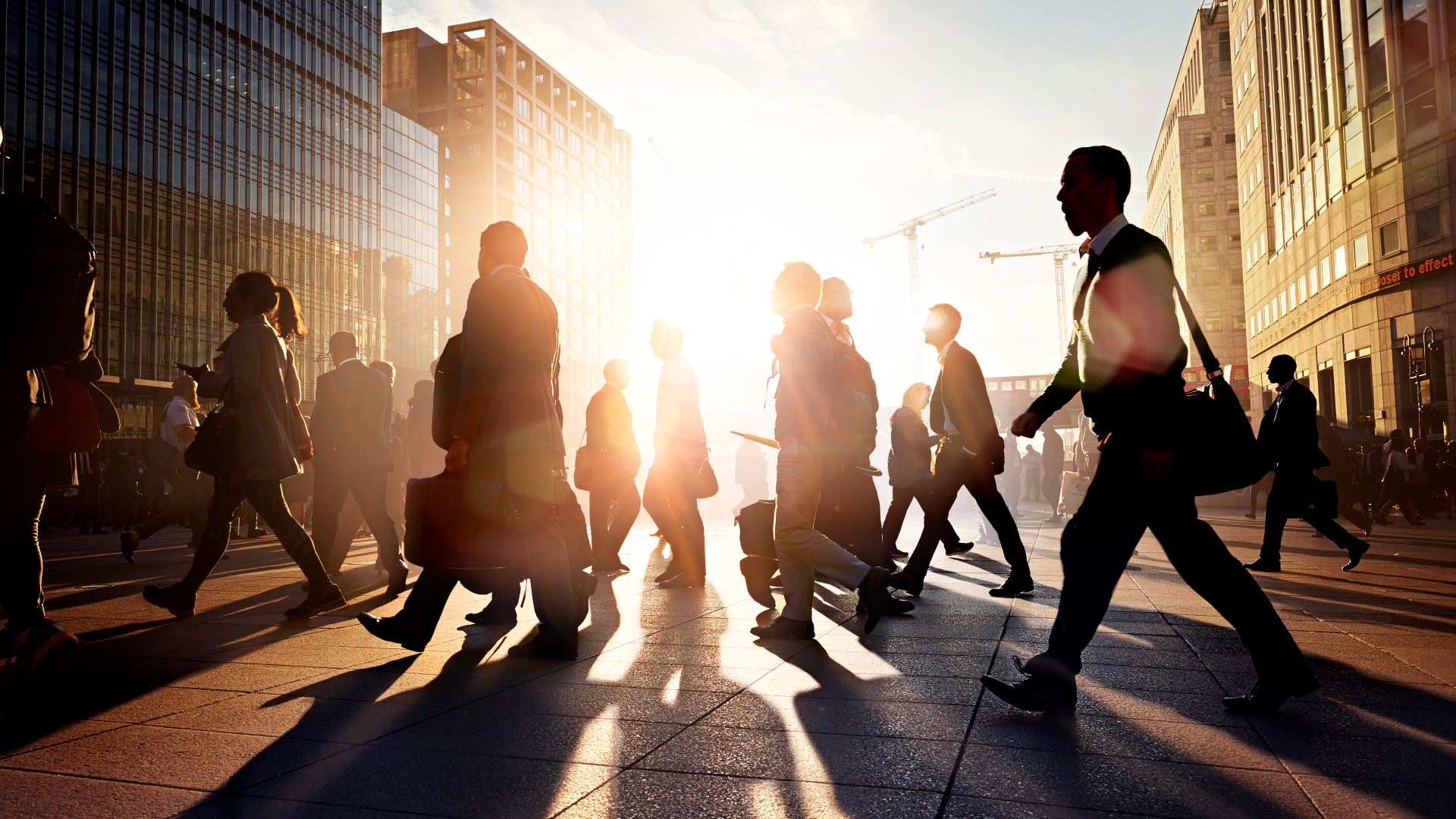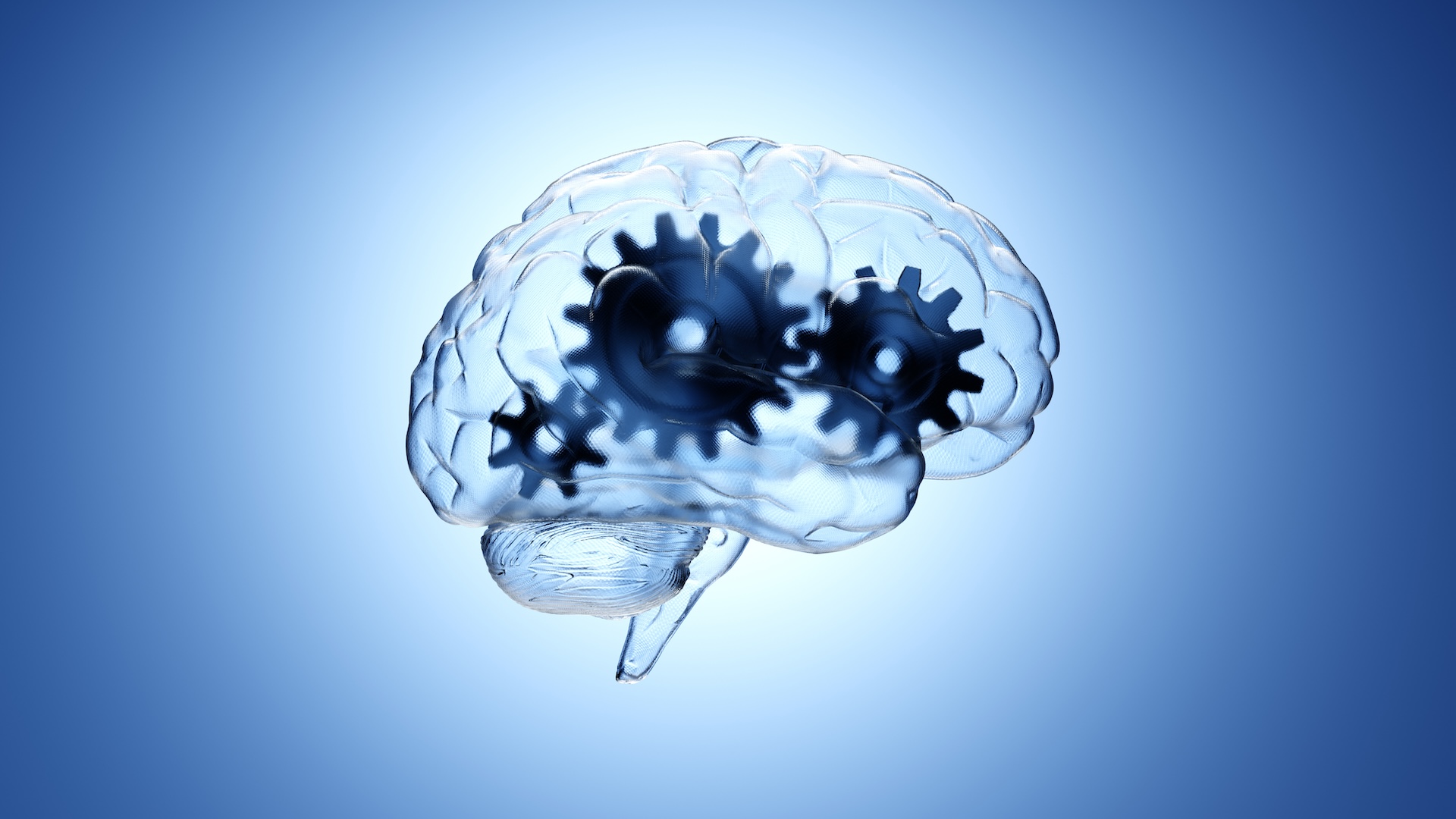
Why it's time to abolish daylight saving time
Congress should set clocks permanently to standard time, for better sleep, health and public safety


Robert Roy Britt, author of Make Sleep Your Superpower: A Guide to Greater Health, Happiness & Productivity, is a former editor at Live Science. He writes weekly about health and wellness on Medium. This article first published on Medium.
When the U.S. Senate voted unanimously this spring to make daylight saving time permanent, the senators were said to be a little groggy, having just endured the clock's annual jump forward. Had they not lost an hour of sleep, clearer heads might've considered the science indicating daylight saving time is the one that needs nixing, putting the nation back on permanent standard time.
The bill stalled in the House of Representatives. So on Sunday, Nov. 6, states that observe the time changes will again fall back an hour, to standard time, and barring a legislative surprise they will spring forward again on the second Sunday next March.
Meanwhile, sleep experts and other scientists are calling for the end of daylight saving time (DST), saying clocks should be forever set on standard time — as happens in Hawaii, most of Arizona, and the U.S. territories. That would provide more hours of morning daylight, for adults and kids alike, thereby more properly setting the body's internal sleep-wake clock, called the circadian system.
"Daylight Saving Time disrupts the body's natural circadian rhythms and impacts sleep," Jennifer Martin, a clinical psychologist and president of the American Academy of Sleep Medicine, said in a statement. "Standard Time provides a better opportunity to get the right duration of high-quality, restful sleep on a regular basis, which improves our cognition, mood, cardiovascular health, and overall well-being."
Related: Why daylight saving time starts Sunday
Anachronistic and unhealthy
The biannual time changes trace back to World War I and were aimed at saving fuel and lengthening the work day. But research suggests the changes don't save energy, and few folks seem to be craving longer work days.
"The main problem with permanent Daylight Saving Time is that it causes more misalignment of our internal biological clock with the sun clock," said Kristin Eckel Mahan, associate professor and circadian rhythm researcher with McGovern Medical School at UTHealth Houston. "Our internal clock is better aligned with the sun clock when we are under Standard Time. This is particularly pronounced in the winter."
Switching permanently to Standard Time would mean people wake up in the dark, before sunrise, much less often than with the current time-change scheme or with a switch to permanent DST.
Another way to look at it is this: Across the nation — from northern Washington state to southern Florida — 8 a.m. work (or school) start times would always occur after sunrise under permanent Standard Time. But under permanent DST, 8 a.m. would come before sunrise for long stretches during winter — anywhere from two to three months or more, depending on latitude and longitude.
To see the comparisons where you live, plug your own state and a nearby city into this sunrise chart.
Why it matters
Natural, outdoor daylight, especially in the morning, is crucial to keeping your circadian system well-timed, said Dr. Nathaniel Watson, professor of neurology at the University of Washington School of Medicine and co-director of UW Medicine's Sleep Center.
When this natural body clock is in sync with the sun, it suppresses production of the sleep-inducing hormone melatonin in the morning to help make you alert during the day, and then primes the release of melatonin as darkness sets in each evening. There's no set prescription for how much outdoor daylight you need, but some experts recommend at least two hours, if you can get it.
"There is no standard natural daylight exposure amount currently known to support optimal sleep and circadian health," Watson told Live Science by email. "Generally speaking, more is probably better."
Setting the clocks back an hour is an opportunity to grab some extra shut-eye, sure. But payback comes with the next jump forward, after which a slightly sleep-deprived population will endure its annual spike in car crashes and heart attacks.
"Switching between DST and Standard Time is not sustainable from a public health perspective," Randy Nelson, a professor and director of science research at West Virginia University's Rockefeller Neuroscience Institute, told me. "Essentially, the change to DST during the spring causes a misalignment between morning light and the circadian system. This misalignment is most noticeable acutely in the days following the change, but indeed persists for about eight months. Permanent DST would exacerbate this misalignment for 12 months."
Among the dozens of organizations that agree permanent Standard Time is the way to go are:
- World Sleep Society
- European Sleep Research Society
- U.S.-based Sleep Research Society
- American College of Occupational & Environmental Medicine
- National Safety Council
- National PTA
Children and teens suffer from the weeks and months of dark mornings in the current setup, too. Kids might go from a dark house to a dark classroom and never get the melatonin-suppressing early morning daylight they need to avoid falling asleep at their desks, and which also preps them for a reasonable bedtime at night. "Instead, DST produces more nighttime light, which is not advantageous for sleep or health," Mahan explained by email.
What the people want
A majority of U.S. adults (63%) favor putting an end to the time changes, according to a 2020 poll. Support among Europeans is 84%. Whether people prefer Standard Time or DST as the new permanent standard, or if they even know which is which, was not surveyed.
And no doubt many people might prefer having more daylight in the evening than in the morning, based on individual work or school schedules or other lifestyle factors. A friend of mine prefers making Daylight Saving Time permanent, "because I don't like it when it gets dark so early in the winter," he said, "and having the sunrise at 4:30 a.m. really is a waste of daylight for most of us."
Regardless, the United States remains stuck in a time warp for now, doomed to fall back and spring forward every year until Congress decides otherwise. Some members in the House are said to be considering the science, which helped stall the Senate bill. But at the time of writing, there's no movement on any time-change legislation.
Should you wish to see Standard Time become the default, the Save Standard Time advocacy group has a page full of suggested actions, including contacting lawmakers, writing a letter to the editor of your local paper, or spreading the word on social media. Or you could, like my friend, promote a different viewpoint.
Meanwhile, enjoy your extra hour this weekend. I suggest you sleep right through it.
Sign up for the Live Science daily newsletter now
Get the world’s most fascinating discoveries delivered straight to your inbox.
Robert is an independent health and science journalist and writer based in Phoenix, Arizona. He is a former editor-in-chief of Live Science with over 20 years of experience as a reporter and editor. He has worked on websites such as Space.com and Tom's Guide, and is a contributor on Medium, covering how we age and how to optimize the mind and body through time. He has a journalism degree from Humboldt State University in California.










